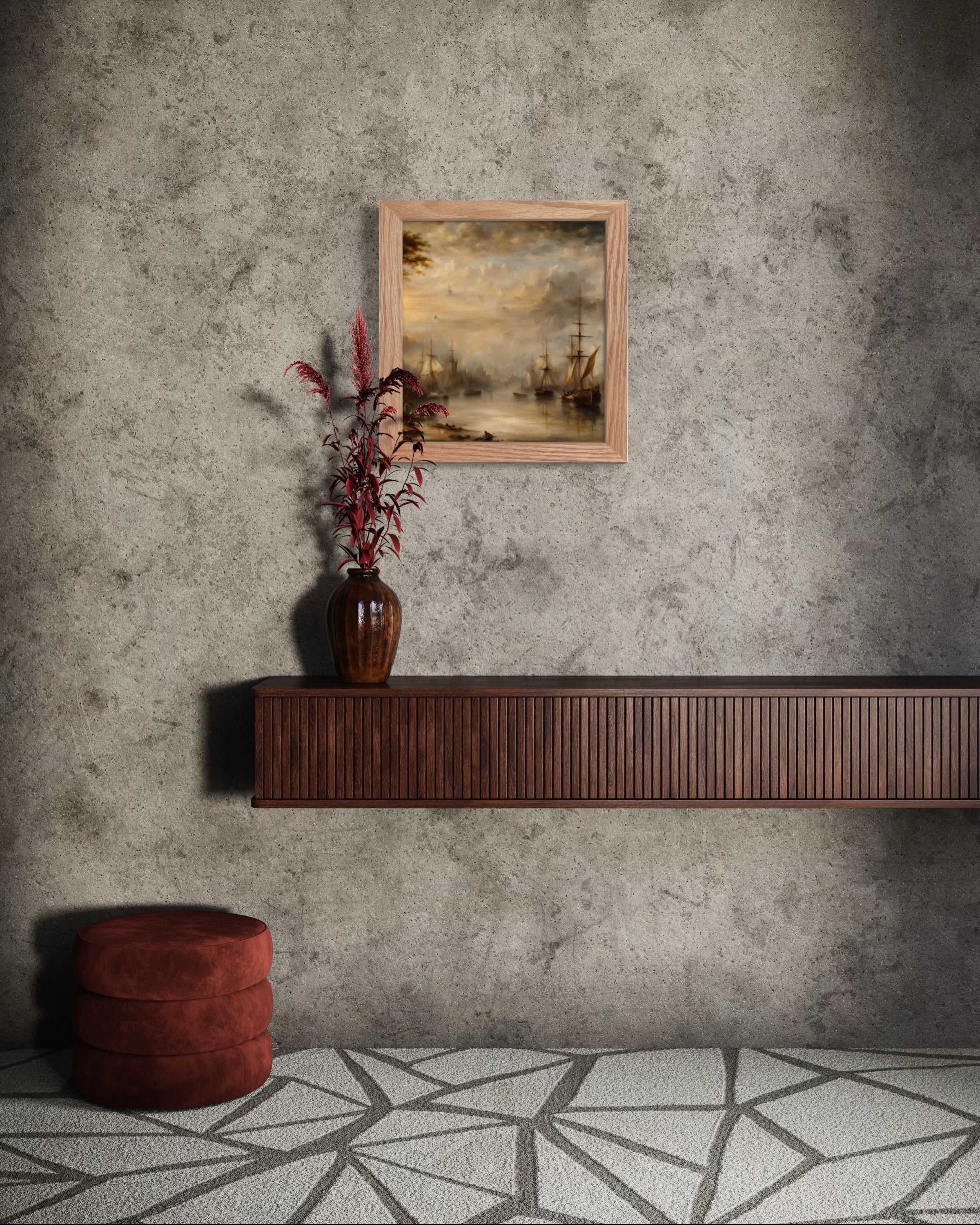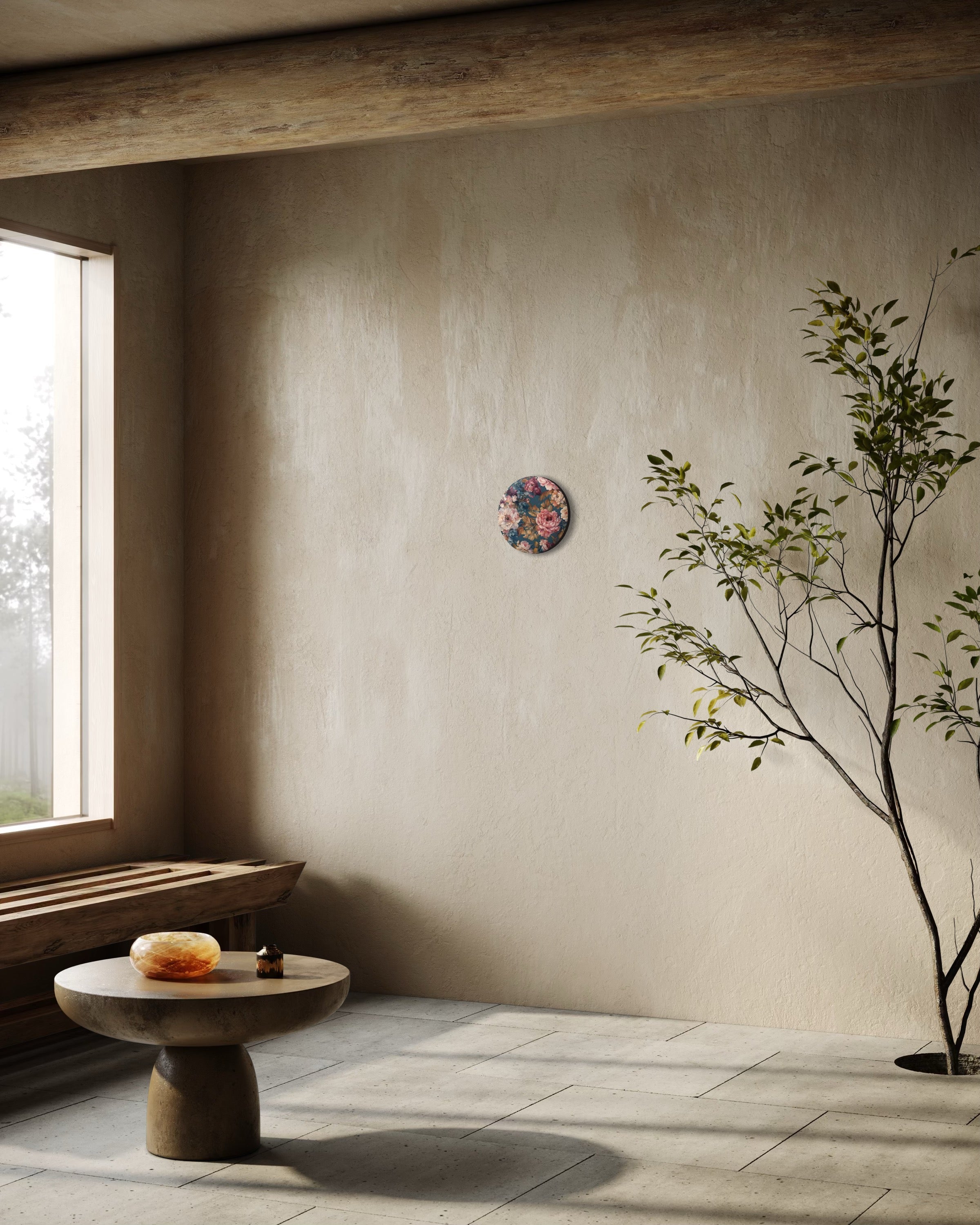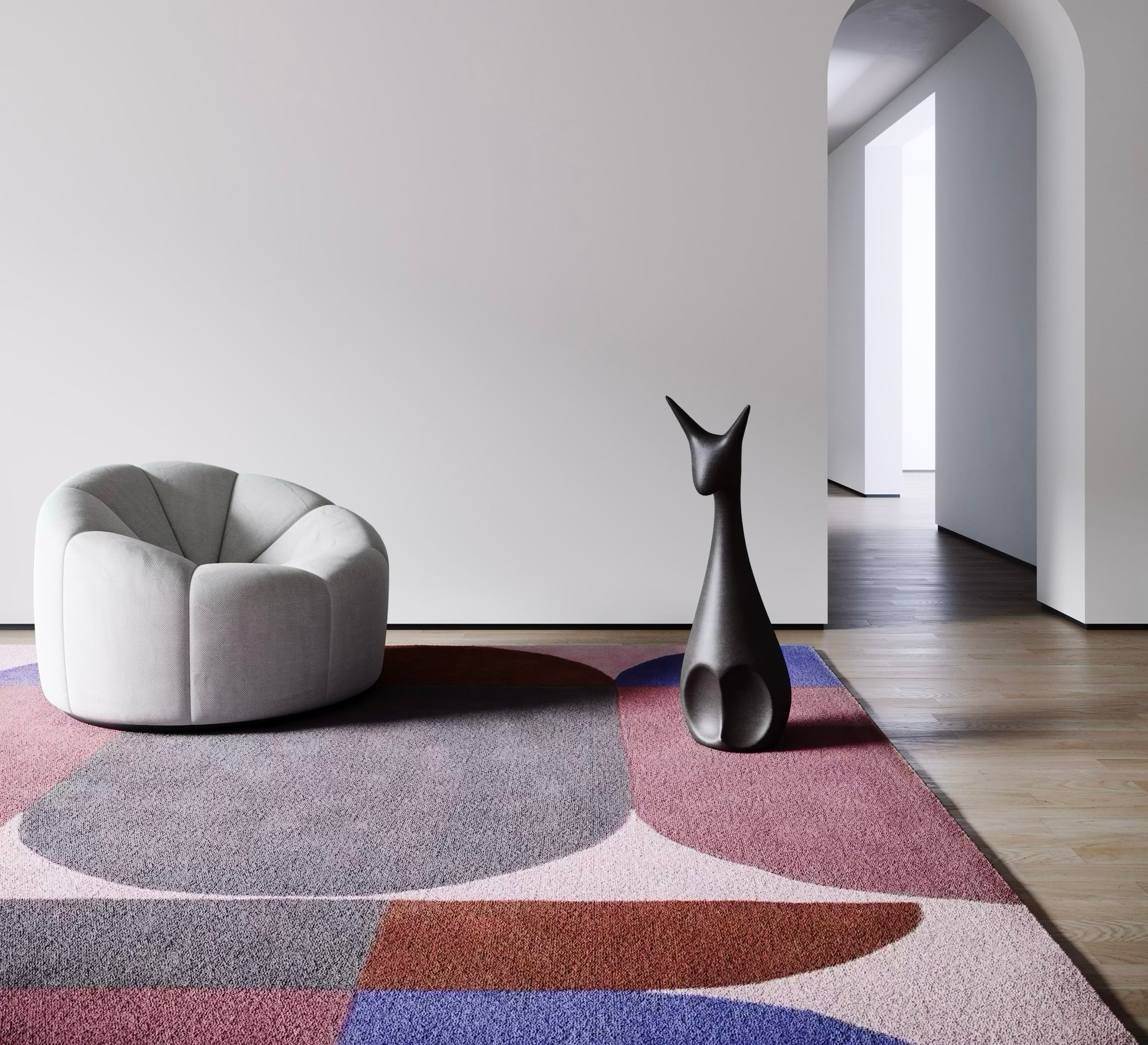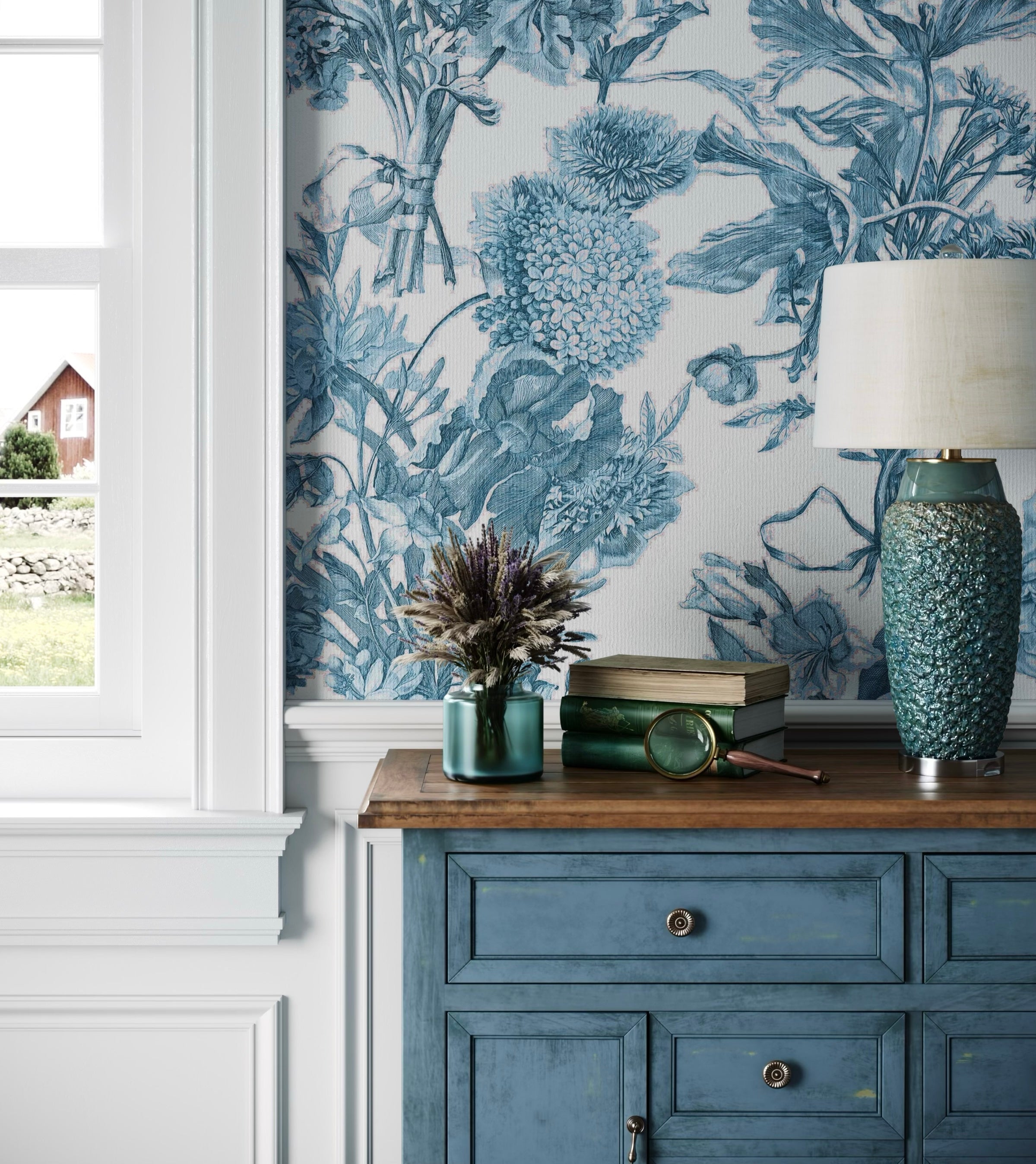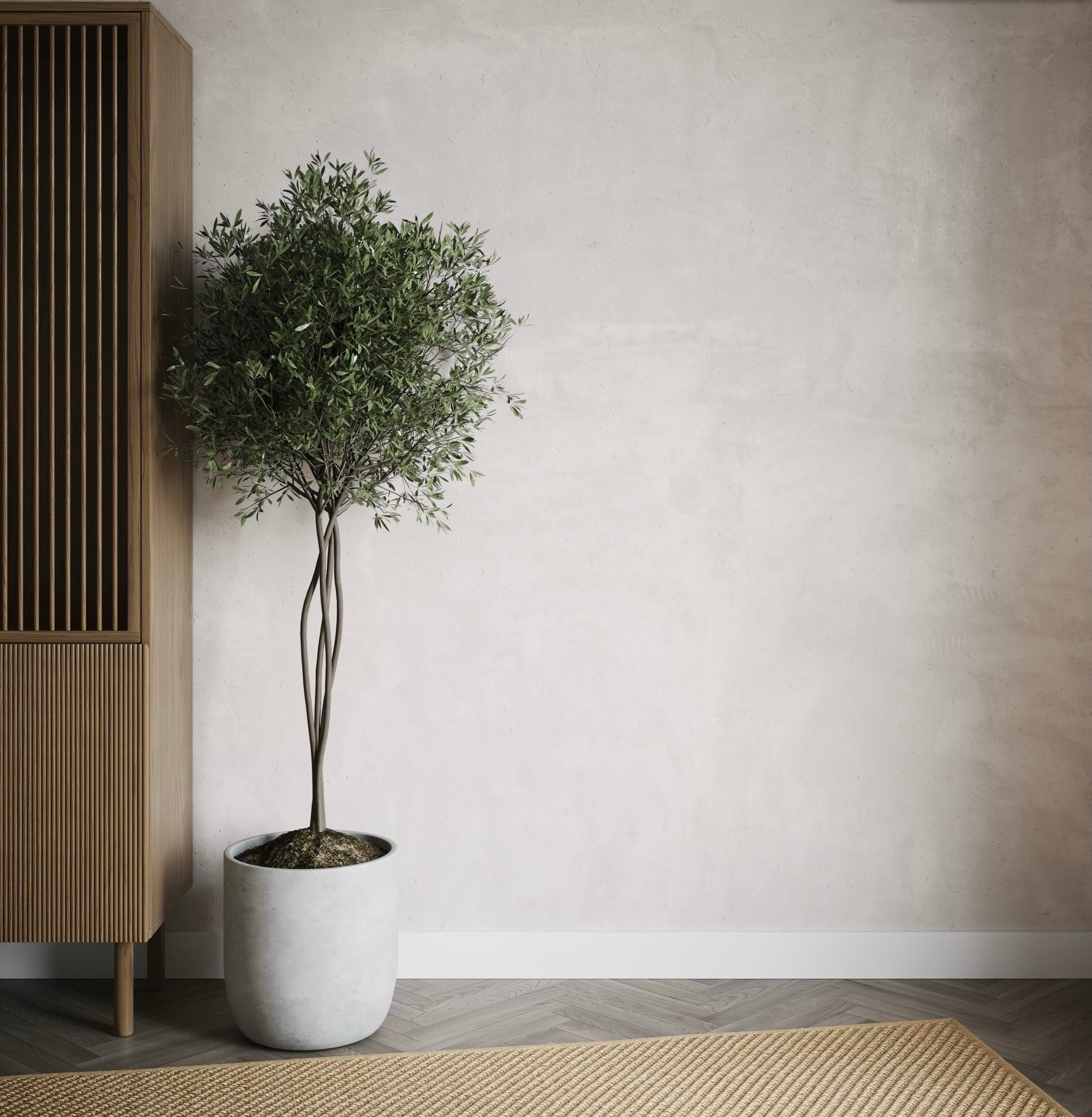Sisuverse Journal | Nest & Nurtured
Investigations into biophilic design, craft traditions, and how natural materials transform homes. Pattern history, architecture, folklore, and objects that shape domestic sanctuary.
-
Read more: The House That Holds You: Psychology, Folklore, and the Architecture of Wellbeing
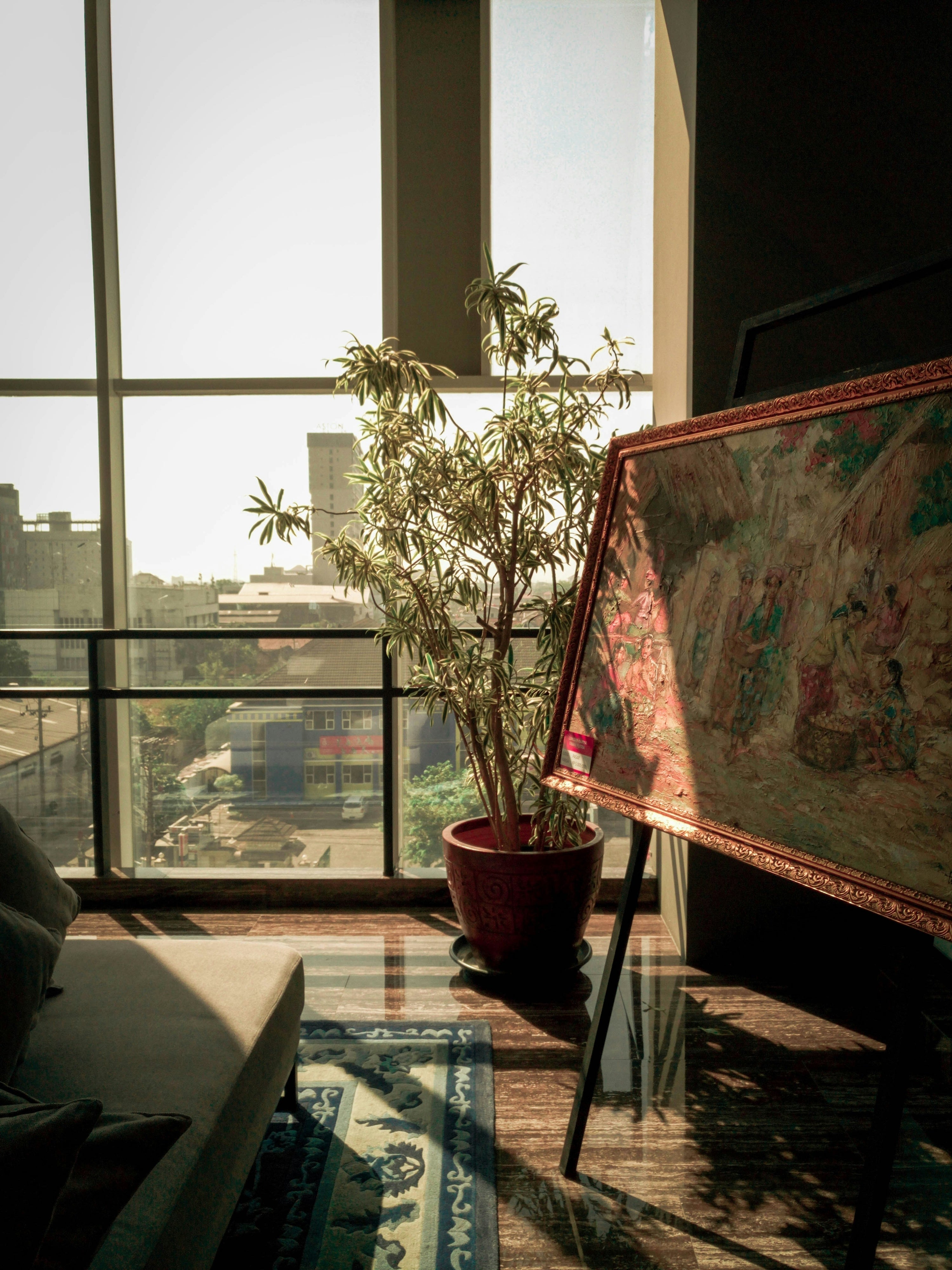
The House That Holds You: Psychology, Folklore, and the Architecture of Wellbeing
The key turns. Not smoothly but with that familiar catch at the halfway point, metal finding the groove it has found ten thousand times before. The door swings inward. Before thought forms words, before bags drop to the floor, before lights switch on, the body already knows. Shoulders fall. Breath deepens. Something in the chest unclenches. This is not metaphor.
Scientists can measure it: cortisol dropping, heart rate slowing, the hippocampus recognising these particular walls, this precise angle of afternoon light through that west window. Your body reads home before your mind catches up. The Romans knew this. They placed household gods in corners, small bronze figures called Lares who witnessed everything, who absorbed the life lived within those walls. The Japanese understood it differently but equally: kami dwelling in beloved objects, houses accumulating soul through decades of habitation. The Scots said it plainly: some houses feel happy, some troubled, and you know which within moments of crossing the threshold. They were all describing the same truth. Your home is not shelter. It is participant. It shapes what you think, what you remember, how you feel. It holds you. The question is whether it holds you well.
Read more

